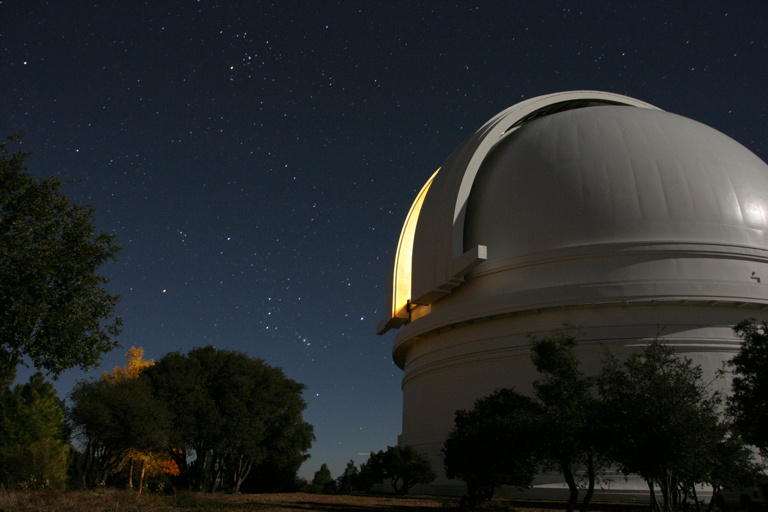
If you look up at the night sky in most cities, you will see a murky haze, and few stars. This occurrence is no longer unique to cities; in fact, 2/3 of the world’s population can no longer see the Milky Way. As night skies become emptier, astronomers worry about observatories becoming obsolete, and others simply fear that they will no longer be able to see stars at night.

Light pollution, which has increased dramatically with increased urbanization, has several different components, including glare, clutter, light trespass, energy waste and urban sky glow. Most light pollution is unnecessary and stems from inefficient or poorly-designed lighting sources. Unnaturally bright nights have detrimental effects on certain animals. Searchlights often interfere with birds’ nighttime migratory patterns, increased lighting has made it easier for nocturnal animals to be attacked by predators, and many creatures have experienced altered breeding behavior due to high nocturnal light levels. Humans are also affected by light pollution. Research has indicated that we need darkness to support our biological welfare. A dark skies movement has developed as a response to increasing light pollution. Groups all over the globe have been working towards lighting regulations and there has been recent progress. Austin, Texas, for example, invested in LED streetlights as part of an effort to decrease upward light pollution. In order to incentivize other cities to pass similar ordinances, participating local governments are able to save money and receive credits for greenhouse gas reduction. Improved lighting fixtures have the additional benefit of directing more light towards the streets, which makes both walking and driving at night relatively safer. There are, of course, challenges to the dark skies movement, as updating lighting fixtures can be expensive and many people are apathetic about the issue.
The good news is that light pollution is a technically reversible problem, as long as there is awareness. The International Dark Sky Association is a non-profit working towards decreasing light pollution. They promote the practice of lighting only what you need, to the extent that safety and recreation can still be accounted for. The organization is also working on creating “dark sky” parks across the globe. Bill Nye (the science guy) is an embassador of the Dark Sky Association, and you can hear his opinions on the value of keeping the night sky dark here. Hopefully as lighting solutions develop and people become more aware of the issue, stargazing will not become a thing of the past, accessible only in planetariums.
Written by Leslie Wolf, Class of 2015

